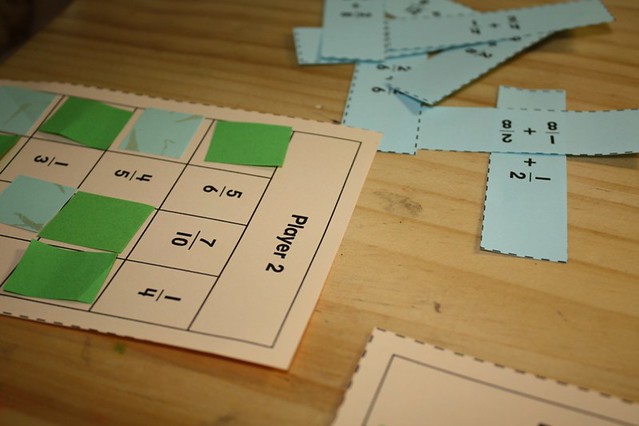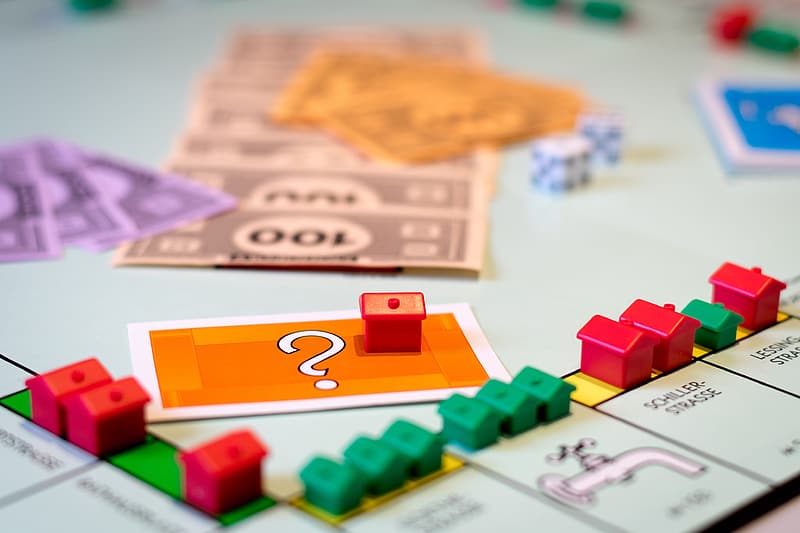Ask any child what their least favorite subject is and most of the time they will tell you that it’s math. When asked why, many say they find it difficult or “no fun”. What if you could change how kids feel about math so that it was not only less difficult but actually a fun part of their daily lessons? Here’s how you can do that.
Learning About Money
It may surprise you just how quickly even very young children catch on to the concept of money. They understand that money can buy treats such as candy or toys or fun experiences. Money is a great way to help teach children of all ages about simple addition through savings and subtraction when they spend. Simple Play has a money sorting game for crafty parents and kids to do together. As they get older, they can learn about even more complex concepts such as interest. The website KidsMoneyLessons has free printable budget sheets so that kids can track savings goals by writing them down.
Math with Legos
Kids of all ages love Legos. Parents love that these popular building blocks are not only great for helping keep kids busy for hours; Legos can also be used as a way to teach addition and subtraction. PlaydoughtoPlato has a number of math lego cards geared toward kids from age 4 -7. Simply print them out and gather at least 30 Legos of various colors for each child playing the game.

You can even laminate them so that kids can do addition on the card with a dry erase marker. When kids get old enough to start learning fractions, you can bring out the Lego blocks again to teach these concepts. Deidre at JDaniek4sMom has also put together an innovative way to teach fourth graders and above about fractions using the lines on Lego blocks to make up the fractions written on cards.
Math Bingo
Bingo is a game that historically has been perfect to teach math to students at every grade level. Whether they are just learning addition and subtraction, or multiplication and division, or even more complex concepts such as fractions, geometry, and algebra, there are several math bingo sites that offer bingo cards that can be printed out and used in class. Then they can work out a number of problems with the correct answers. In a classroom setting, the cards are handed out at the beginning of class. The first student or group of students that make five across, down or diagonally win the game. For practice at home or even on a mobile device at several grade levels and difficulties for addition, subtraction, multiplication, and division.

Math Card Games
A simple deck of playing cards can also be used as a tool to teach kids math. According to the Rachel K Tutoring blog, just about any game, whether it’s Go Fish, Old Maid, Euchre, Solitaire or many other card games can be adapted into a teaching tool. Cards can also be used to teach concepts such as place values, ones, tens, hundreds and thousands. Remove the picture or face cards leaving only the number cards and aces. Next, draw out on a sheet of paper the four decimal places with the right side of the paper being the ones column and the left side being the thousands. Lay out cards above the paper and practice reading and writing the numbers. You can make larger or smaller numbers, depending on the grade and math comprehension level of the child.
Dominoes or Dice to Teach Math
Dominoes and dice are also perfect for teaching kids math. Early learners can use either dominoes or dice to come up with numbers to add, subtract, multiply or divide. Each domino drawn or roll of the dice will give a set of numbers to work with. For example, if a domino has four dots on one half of it and two on the other, they could add the two numbers together in order to come up with the sum of six. The Kindergarten Connection offers free sheets you can print out in order to practice.
These are just a few ways to help kids put a bit more fun into math practice. Why not try them or see if you can come up with some more math games on your own!


